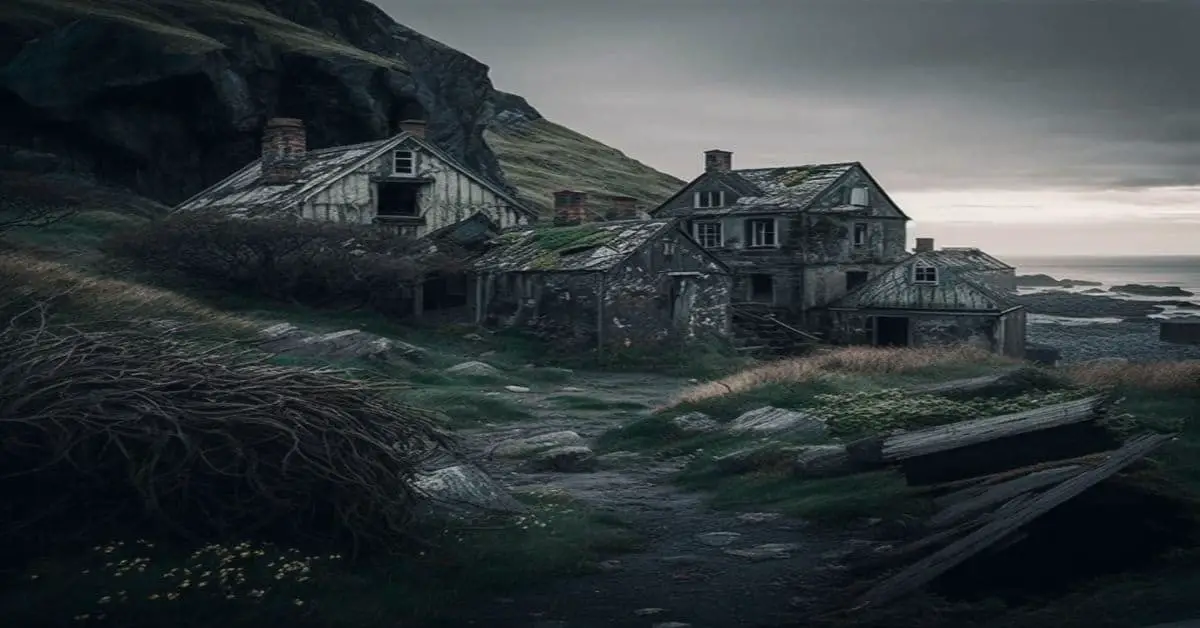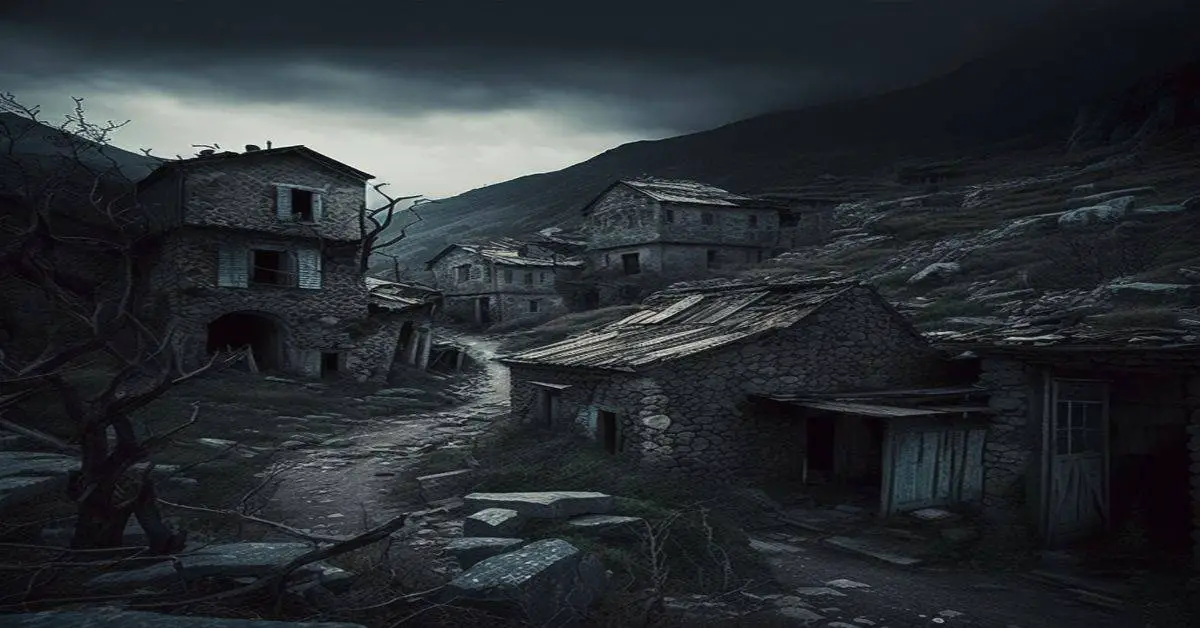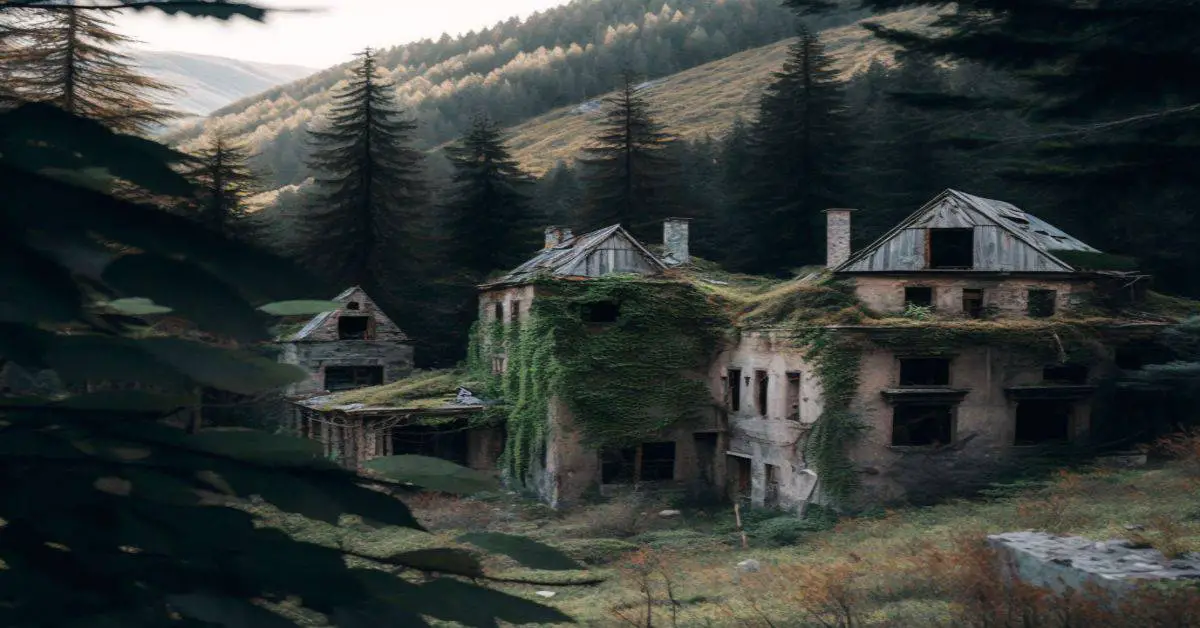The Wild West, with its dusty trails, saloons, and cowboys, has captured the imagination of generations. In modern times, the allure of this bygone era still holds strong, as evidenced by the popularity of Western-themed movies, books, and tourist attractions.
One such attraction is Greenhorn, a ghost town in Oregon that was once a hub for gold miners and their families. Today, it offers a glimpse into a time long gone, with only a few remaining buildings and a rich history waiting to be discovered.
Nestled in the mountains of eastern Oregon, Greenhorn was once a thriving gold mining town, home to hotels, saloons, and a weekly newspaper. However, as the gold rush ended and the town’s population dwindled, it became a ghost town, with only a few hardy souls remaining in the area.
Despite its isolation and lack of modern amenities, Greenhorn has become a popular destination for history buffs and adventurers alike, drawn to its haunting beauty and rich history. In this article, we will explore the location and access to Greenhorn, its history and growth, and offer tips for visiting this ghostly gold rush town.
Key Takeaways
- Greenhorn was once a thriving gold rush town in Oregon, but is now a ghost town with only a few remaining buildings and current houses left
- The town offers a glimpse into a time long gone and its story serves as a reminder of the boom and bust cycles of the mining industry
- Visitors can easily access Greenhorn via 2WD roads and explore its remaining structures and nearby attractions such as the Sumpter Valley Railroad and the National Historic Oregon Trail Interpretive Center
- The best time to visit Greenhorn is during the summer months when the weather is favorable for outdoor activities, but visitors should come prepared with appropriate gear and supplies as there are no stores or amenities in the town.
Location and Access
Greenhorn, a former gold rush town in Baker County, Oregon, can be easily accessed via 2WD roads and is situated at grid number 3, making it a convenient location to visit at any time.
Visitors can drive to the town and explore its remaining buildings and current houses. While the town is not as bustling as it was during its heyday, it still retains its charm and offers a glimpse into its rich history.
Accessibility options are available for visitors who want to explore the nearby attractions.
Greenhorn is located near the Sumpter Valley Railroad, which offers scenic train rides for visitors. Visitors can also explore the nearby National Historic Oregon Trail Interpretive Center, which offers exhibits and demonstrations about the Oregon Trail.
Whether visitors are interested in history, nature, or simply want to explore a unique location, Greenhorn offers something for everyone.
History and Growth
During the late 19th century, the population of the Oregon-based settlement of Greenhorn grew substantially due to the success of the town’s mining industry.
The town was founded by two young men from the East who were searching for gold. They were tricked into naming their mine ‘Greenhorn Mine’, which later became the town’s name as well.
The town grew into a real settlement with hotels, saloons, and a weekly newspaper. By 1895, the population had reached around 3,200 and the town had several large mines.
However, when mining became unprofitable, the town started to decline, and its population moved away. As the mining industry slowed, the town’s businesses and residents began to leave Greenhorn.
Only a few remaining buildings and current houses are left in the town today. Despite its decline, Greenhorn remains an important part of Oregon’s history, and its story serves as a reminder of the boom and bust cycles of the mining industry.
Climate and Visit Tips
The climate of the Oregon-based settlement of Greenhorn is ideal for visiting during the summer months. The warm, dry weather makes it perfect for outdoor activities such as hiking, camping, and fishing. Visitors can also explore the town’s remaining buildings and learn about its rich history.
However, during the winter months, the town becomes difficult to navigate without the use of snowmobiles. The roads become impassable due to heavy snowfall, making it impossible to access the town by car.
When planning a visit to Greenhorn, it is best to visit during the summer when the weather is favorable. Visitors should also come prepared with appropriate gear and supplies for their outdoor activities, as the town has no stores or amenities. Additionally, visitors should respect the town’s remaining structures, which are a significant part of Oregon’s history.
Overall, Greenhorn is a fascinating destination for outdoor enthusiasts and history buffs alike, with the best time to visit being during the summer months.
Frequently Asked Questions
What was the most profitable mine in Greenhorn and how much gold did it produce?
Despite the lack of historical records, it is believed that the largest mine in Greenhorn was the Bonanza Mine, producing an estimated $1.5 million worth of gold. The mine is currently inactive and the surrounding area is now part of the Malheur National Forest.
Are there any annual events or festivals held in Greenhorn?
No evidence of annual events or festivals being held in Greenhorn was found. However, visitors may enjoy local cuisine at nearby towns. Greenhorn’s history as a gold rush town may also be of interest.
What was the primary method of transportation for residents in Greenhorn during its heyday?
The primary method of transportation for residents in Greenhorn during its heyday was horseback riding and wagon trains. These methods were necessary due to the impassable winter climate and the need to transport goods and people to and from the town.
Are there any ghost sightings or paranormal activity reported in Greenhorn?
There have been no documented ghost stories, supernatural encounters, unexplained phenomena, or paranormal investigations in Greenhorn. The town’s haunted history remains solely in its abandoned buildings, without any reported spectral sightings, eerie experiences, or mysterious happenings.
What is the current population of Greenhorn and are there any efforts to restore or preserve its remaining buildings?
The current population of Greenhorn is unknown, but efforts have been made to preserve its remaining buildings due to its historical significance. Restoration projects have been underway in an attempt to revitalize the town.


